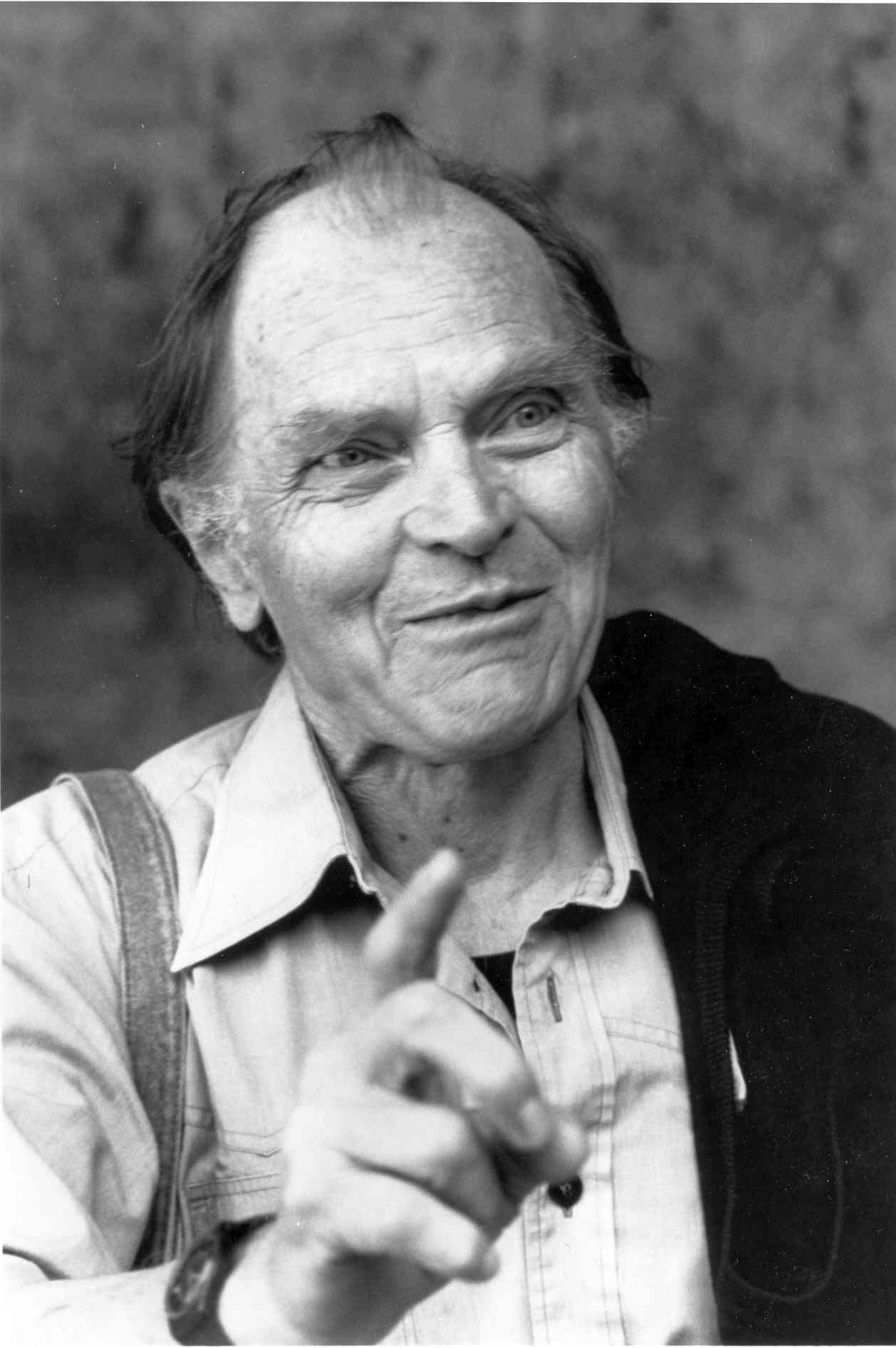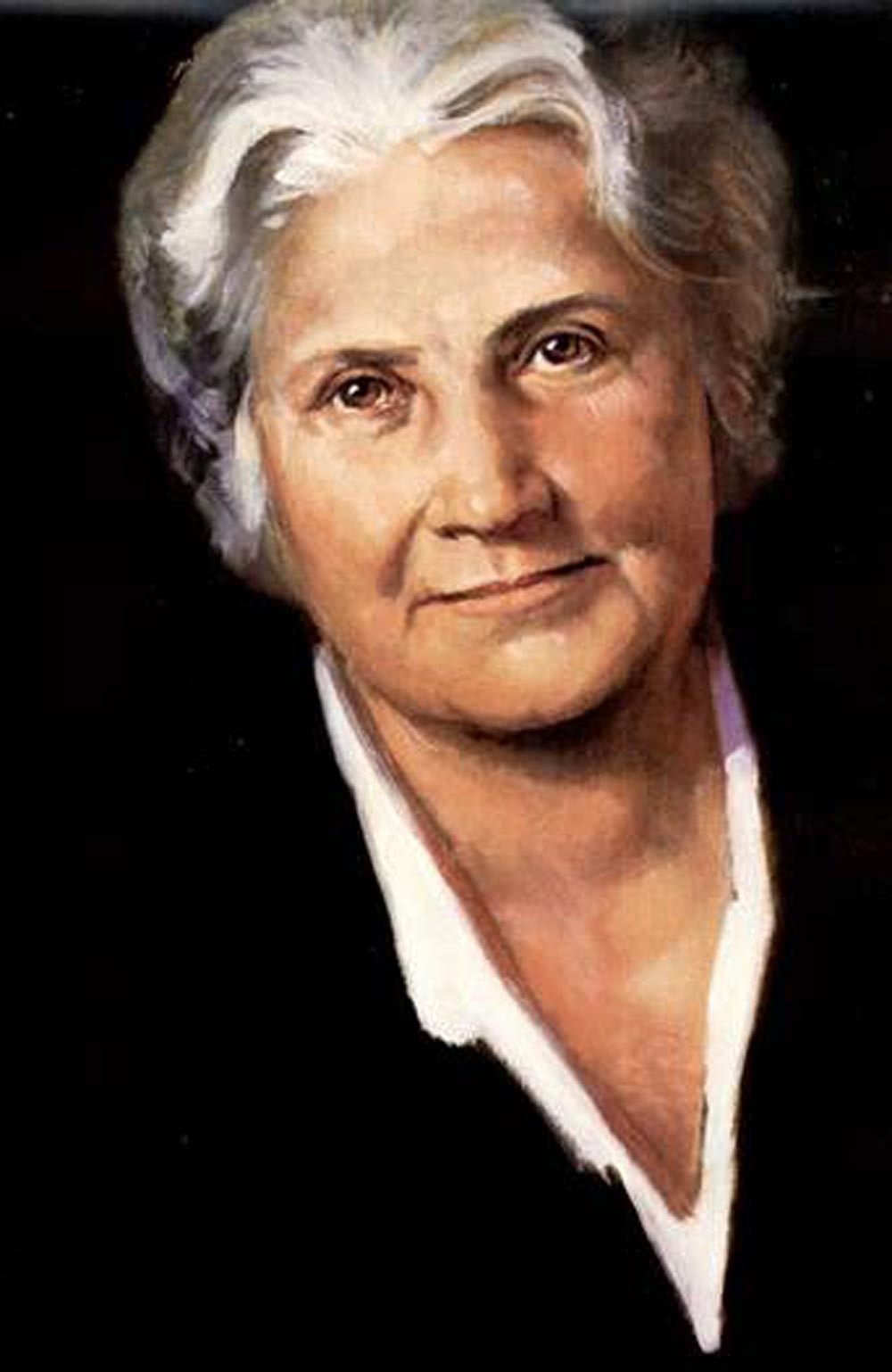By Richard Pimentel
There are numerous events that comprise the vast history of the United States of America. When someone asks which events are the most significant, there are many that come to mind. From the 1607 Jamestown settlement to the 9/11 terrorist attacks, the list of important events in the history of our great nation can be quite overwhelming. However, there is one memorable event that many Americans think of when they are asked, “Where were you when this happened?” That event is the 1963 assassination of President John F. Kennedy in Dallas, Texas. Many Americans vividly recall where they were when they heard news of an assassination that rocked the US and the world. President Kennedy was generally well-liked by the American public and his death impacted countless lives and continues to serve as a topic of great debate, especially concerning who truly shot JFK.
James Piereson, a senior fellow at the Manhattan Institute, recently wrote a fascinating book titled Camelot and the Cultural Revolution: How the Assassination of John F. Kennedy Shattered American Liberalism. Unlike most books written about November 23rd, 1963, Piereson does not devote much space to whether Lee Harvey Oswald shot JFK. He believes that the evidence and the investigation performed by the Warren Commission and the United States House Select Committee on Assassinations pointed to a single assassin, Lee Harvey Oswald. He does not discount the possibility of Oswald being a part of a conspiracy with some foreign government but he is clear about his acceptance of Oswald as the only shooter.
The book is essentially:
An extended essay on the effects of the Kennedy assassination on the   foundational assumptions of American liberalism-and especially on those assumptions  that governed liberal thought in the postwar period. It is, as such, more of an interpretative essay than a research study that brings new or unknown facts to the attention of readers. (Piereson 2007, xi)
The book is written not only as a history but, more importantly, as an exposition on the relationship between the assassination and the subsequent shift of a vital political philosophy in the United States – liberalism. It concentrates less on the event itself but more so on “the political reaction to it and the lasting consequence of that reaction for the political movement Kennedy represented” (Piereson 2007, xv). Piereson sets out to prove that the Kennedy assassination, more than any other event, was responsible for redefining American postwar liberalism and causing it to lean to the radical left.
Piereson’s arguments are clearly expressed and presented in great detail. In chapter 1 he explains the defining characteristics of modern liberalism in the United States from the Progressive era of the late 19th century through the New Deal era of the 1930’s and concluding with the postwar liberalism of the 1950’s and 60’s. Throughout these eras, supporters of liberalism believed in a greater social and economic role for the government with the aim of advancing equal opportunity and guaranteeing civil liberties. Arguably the best illustration of modern liberalism was seen in President Franklin Delano Roosevelt’s welfare state policies of the New Deal. The intention for this series of programs instituted by FDR from 1933-38 was to provide relief, recovery, and reform to the people of the United States because of the devastating effects of the Depression. The program’s opponents, normally conservatives, argued that the New Deal created a larger and undesired role for the government, especially one that would result in a centrally planned economy at the expense of decreasing the role of market economy in the United States. However, in the 1950’s and early 60’s, Piereson argues that modern liberalism even took on some conservative elements such as respect for tradition and dislike for radical change. But these conservative elements were thrown out the window as a result of the Kennedy assassination. As a result, Piereson contends:
The anti-Americanism that marked the new radicalism of the 1960’s was one of the distinguishing features that most clearly marked its break with the liberal reformism of the preceding era. The United States-“Amerika” in the lexicon of the New Left- was now an out of control colossus, a world superpower that suppressed the aspirations of third-world peoples abroad and minorities at home.
(Piereson 2007, 200)
Moreover, he argues “the friction between the new radicalism and the older liberalism led to a new synthesis on the political left that carried forward these essential features of the radical mood under the umbrella of a “new” liberalism which is still with us today” (Piereson 2007, 200). Piereson is clear about making the point that although the Kennedy assassination was the turning point, it still took some years before this occurred and the subsequent adoption of leftist concepts into modern liberalism. He cites other events such as the Vietnam War as being significant in terms of the shift.      
Although Piereson’s explanation regarding this transformation is quite extensive, the reasons supporting his argument are worth mentioning. When JFK was assassinated, guilt was assigned to the nation at large. Piereson believes that the liberal leadership of the country – for instance, the New York Times editorial board, Lyndon Johnson, Earl Warren, and even Mrs. Kennedy – blamed the death of JFK on the hatred and intolerance which they felt engulfed the country. The thought was that there must have been something deeply wrong with the country in order for this tragedy to occur. In addition, it was argued that the culture of violence created by the radical right was also culpable. Therefore, not just Oswald but the nation had to bear the guilt of JFK’s death.
The second reason is that there was great denial that communism could have played any role in JFK’s death. The fact that Oswald was an avowed communist (he had, prior to the assassination, moved to the Soviet Union, had nearly gave up his American citizenship, had attempted to go to Cuba via the Soviet embassy in Mexico City, and was a public supporter of Fidel Castro) never really played a huge part in explaining JFK’s death. Many Americans had difficulty coming to grips with these facts. Even Mrs. Kennedy had difficulty with this. Piereson cites this quote from Mrs. Kennedy from Christopher Andersen’s book, Jackie After Jack: “He didn’t even have the satisfaction of being killed for civil rights,” she said. “It had to be some silly little communist. It even robs his death of any meaning” (Piereson 2007, 59). For many liberal Americans who felt that civil rights was a more urgent issue than the Cold War, it was difficult to come to grips with the fact that a communist could be solely responsible for JFK’s death. Many had just assumed that JFK was a martyr for civil rights and racial equality and not for anti-Communism. Piereson states:
The thought that Kennedy was a martyr to the Cold War was never seriously considered, though it fit the known facts better than any alternative interpretation…she [Mrs. Kennedy] was already thinking of how President Kennedy’s legacy should be framed and that she sensed the identity of the assassin might prove inconvenient in this regard. (Piereson 2007, 59-60)
This last statement made about Mrs. Kennedy leads to another premise in Piereson’s argument. There were many questions that arose from the assassination that disturbed modern American liberalism. Piereson states that the answers for these questions shaped modern liberalism in the years following the assassination. But one question, “For what cause could President Kennedy give up his life?” and its accompanying answer is used by Piereson to support his overall argument. Piereson argues that many liberals of that time felt that there was only one context within which JFK’s death should be understood – civil rights. Due to this reason and the dismissal of communism as an important factor in JFK’s death, Piereson argues that various conspiracy theories about members of the radical right as the perpertrators were espoused by liberals. They believed that JFK dying at the hands of civil rights opponents rather than a Communist was much more noble although, as Piereson contends, JFK was probably more interested in combating Communism than in promoting civil rights. The belief that certain liberals possessed regarding the nobility of JFK’s death for civil rights was the essential motivation for the eventual shift in modern liberalism.
Moreover, JFK became associated with the legend of King Arthur and Camelot. William Manchester, who wrote The Death of a President, mentioned that many legends grew around JFK after his death. This happened because JFK’s death was understood within the context of a heroic struggle similar to one King Arthur may have faced. According to Piereson, if you add to this a sense of distrust many Americans had towards the government for its failure to disclose important facts regarding the assassination, confusion surrounding the investigation of the assassination, and a slew of misunderstandings and exaggerations as a result of the national grief felt by the public at the loss of a beloved leader, you have ingredients that help usher in the radical ideas that became an integral part of modern liberalism from the mid 1960’s and on.
Piereson believes that the new liberal changed their “understanding of reform from an instrument of progress to an instrument of punishment” (Piereson 2007, 207). The concept of national guilt that came as a result of Kennedy’s death was essential to the liberal understanding of reform. There were liberals who felt that the nation deserved punishment for not living up to its ideals and therefore, reform was need for correction. There are many more ideas presented by Piereson in this book. Surely there will be those who vehemently disagree with Piereson’s interpretation of the assassination and its aftermath. Nonetheless, it is a worthy endeavor to examine the validity of his premises and its conclusion. After all, many feel that this was one of the most significant events in modern political history and I might add, if Piereson is correct, then this is one of the most significant occurrences in American political philosophy.
Piereson, James. 2007. Camelot and the Cultural Revolution: How the Assassination of John F. Kennedy Shattered American Liberalism. New York: Encounter Books








/Mary-Wollstonecraft-x-162279570-56aa24f45f9b58b7d000fc2b.jpg)
